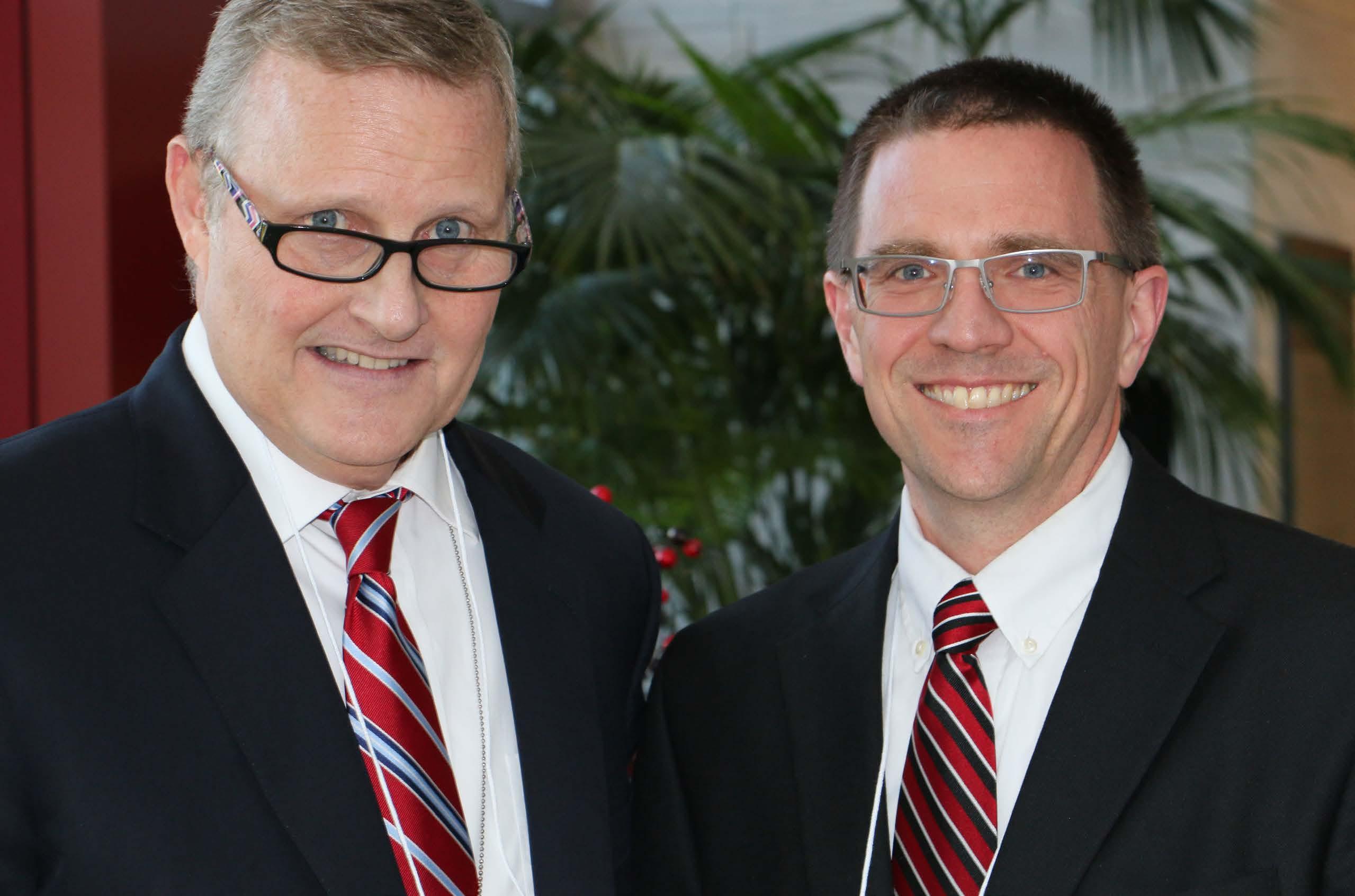PATIENT CARE
been through abuse and neglect doesn’t automatically mean they need treatment. Some of our kids are really resilient and bounce back. We want to put less burden on our mental health system by identifying which children need services, rather than saying everyone needs it.” The screeners were geared toward children from birth to age 3 (and their caregivers) and children ages 4 to 17. For the younger group, caseworkers asked questions that assessed each child’s developmental milestones, such as ability to walk, roll over and say two-word sentences. For children age 4 to 17, the screener focused on four areas: inattention; externalizing behavior such as being defiant; internalizing behaviors such as withdrawal; and trauma responses.
Carisa C. Wilsie, Ph.D.
Center on Child Abuse and Neglect Partners with DHS to Develop Screening for Youth in Foster Care Children in custody of Oklahoma’s child welfare system may react in a multitude of ways to the abuse or neglect that sent them to a foster home. The Center on Child Abuse and Neglect (CCAN), a program within the University of Oklahoma College of Medicine, plays a significant role in identifying which children need treatment for their trauma and the types of services that will help them heal and build resilience. CCAN partnered with the Oklahoma Department of Human Services (DHS) to develop and administer a child behavioral health screener for children in state custody. The screener was designed for the prevention, early detection and treatment of behavioral and mental health difficulties. Questions on the screener assessed responses to trauma in children from birth to age 17. CCAN, in partnership with DHS staff, then trained DHS caseworkers, who visit each foster home monthly, to administer the screenings. The first iteration of the project, funded by a federal grant from the Children’s Bureau, saw 18,000 children screened multiple times over nearly three years, resulting in a treasure trove of data pointing to improved outcomes for both children and caregivers. “We wanted to identify kids early on and on a continuous basis,” said Carisa C. Wilsie, Ph.D., clinical assistant professor at CCAN. “Sometimes kids come into foster care and are fine during their first medical assessment. But it’s difficult to see the full picture of a child in one instant. Many children end up having problems later. At the same time, just because they’ve
22
When children received a score on the behavioral health screener that warranted a referral, they were connected with state services according to their age and needs. The results of that process were significant and positive, Wilsie said. The team accessed Medicaid data showing the types of treatments provided to children and the time frame they were provided during the study period. Of the children who needed treatment, 79% of them received services within 60 days. As children continued to receive screenings over time, those who were in treatment services saw their scores improve more quickly than those not in treatment, especially if they received evidence-based services. Children who were screened also had fewer foster home placements. “We thought that was really positive because it saves the state a lot of money in having to change placements, but it also means that we’re either getting kids reunited with their biological families quicker, or they’re getting on the adoption track quicker, which puts them in a permanent home situation sooner,” Wilsie said. Younger children in foster care also experienced successes. When caseworkers discovered that several children were regressing in their development milestones, their treatment revealed they had hearing impairments that no one knew about previously. In some cases, the problem was remedied by simply draining fluid from a child’s ears, allowing their speech and language development to improve. DHS caseworkers, too, reported the screener helped them better understand a child’s well-being, as well as looking at the behaviors of children through a “trauma lens” instead of viewing them as “bad kids.” In one instance, a child went from hiding under the covers in her bed to laughing and talking with her caseworker. DHS has now begun using the behavioral health screener with children who are in group homes and shelter care. Wilsie is serving as a consultant during the process and will guide the analysis of data as the screener continues to be used. “The value of the screening is not just that we got kids in services, but that we improved communication between caseworkers and foster parents,” she said. “They administered the screener more than 112,000 times in total, which meant ongoing conversations about the child’s needs and well-being.”
[ Fa l l / Wi n t e r 2 019 ]











































